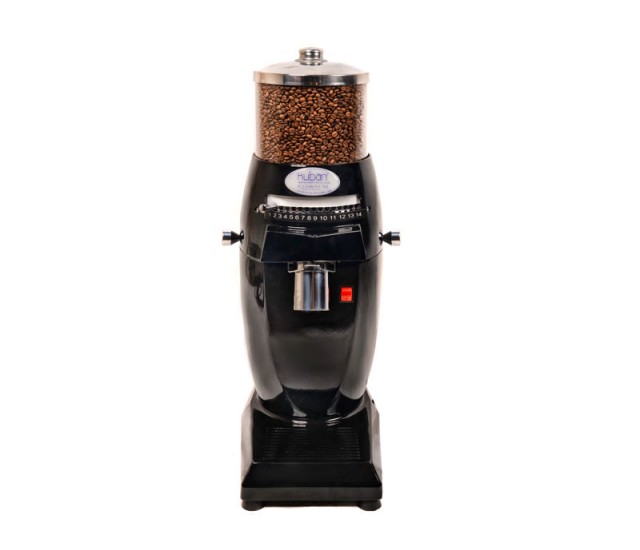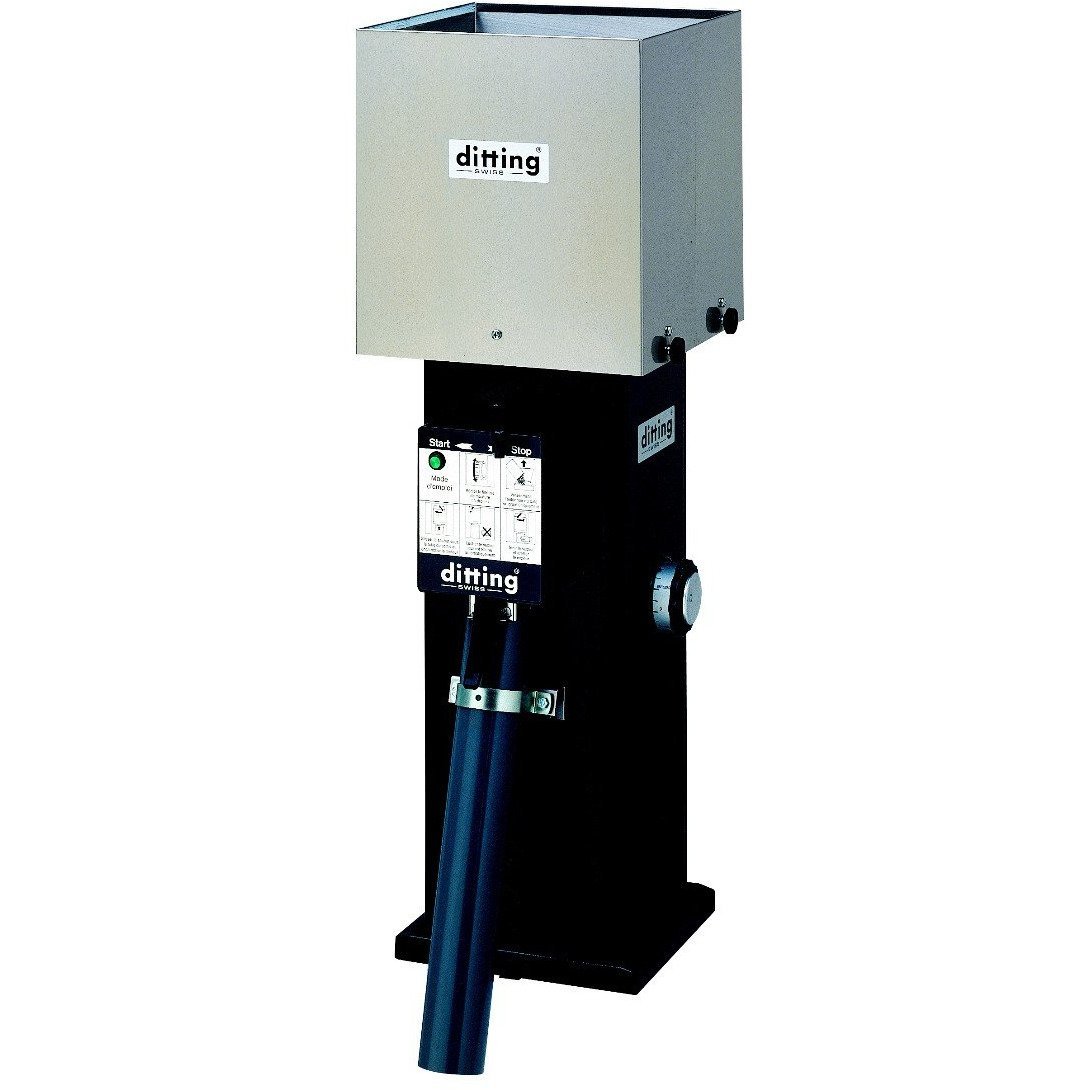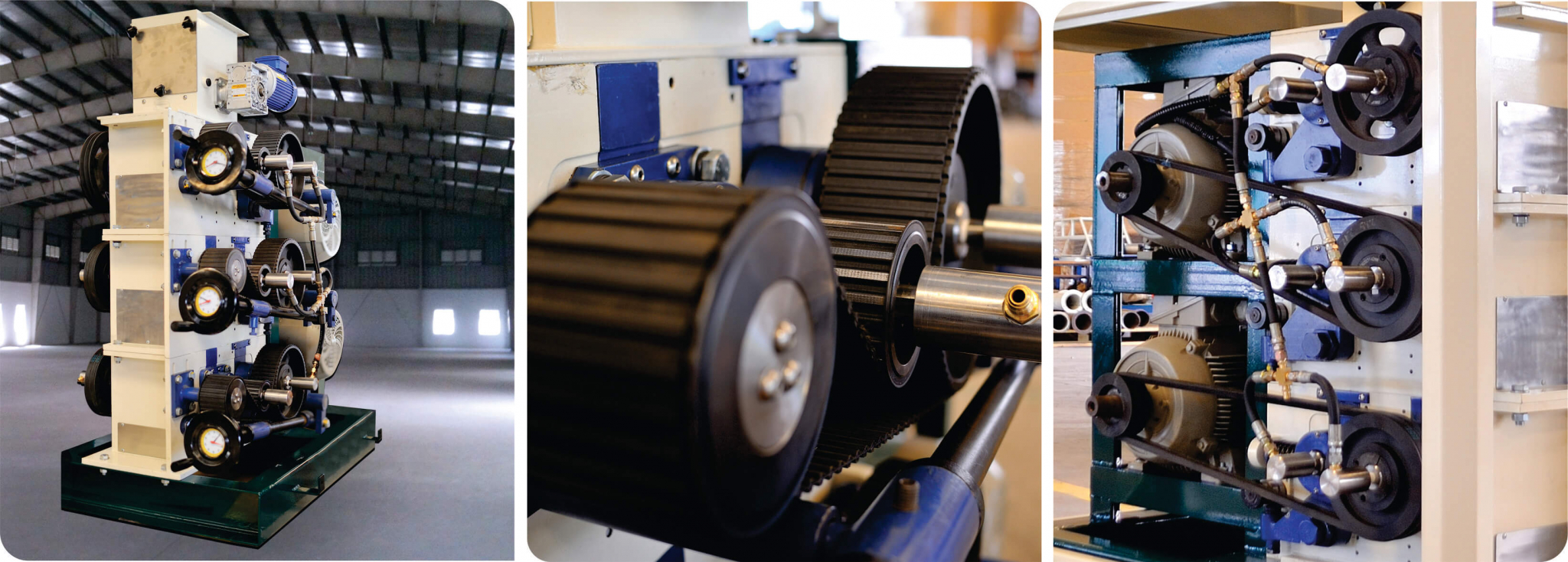Industrial Coffee Grinder Maintenance Tips for Extended Life
Industrial Coffee Grinder Maintenance Tips for Extended Life
Blog Article
Industrial Coffee Grinder Overview: Increase Effectiveness and Quality
In the competitive landscape of coffee production, choosing the ideal commercial coffee mill plays a pivotal function in improving both effectiveness and product quality. Recognizing the nuances of different mill kinds and vital attributes-- such as adjustable work settings and durable building and construction-- can considerably affect the last flavor account of the coffee. The optimization of the grinding procedure, combined with persistent upkeep, is essential for maintaining efficiency over time. As we check out these crucial aspects, it comes to be noticeable that the implications expand beyond plain tools selection, influencing overall service success in means that necessitate closer examination.
Understanding Grinder Kinds
When selecting an industrial coffee grinder, understanding the various kinds offered is crucial for maximizing both taste removal and operational efficiency. The two primary kinds of grinders are blade grinders and burr grinders. Blade mills use sharp blades that slice coffee beans right into irregular sizes, leading to uneven removal and possibly undesirable flavors. While blade grinders are usually much more ideal and economical for small procedures, they are generally not recommended for industrial usage.

Ultimately, picking the appropriate kind of mill is essential to keeping quality and effectiveness in coffee production, making it imperative for companies to invest in high-quality burr mills for optimum outcomes.
Secret Attributes to Take Into Consideration
Choosing an industrial coffee mill requires mindful consideration of several vital attributes that can considerably affect both performance and the general coffee experience. Among the main facets to evaluate is the grinding system. Burr grinders are usually liked over blade grinders, as they offer a consistent grind size, which is essential for optimal removal and taste.
One more vital function is the grinder's ability. A flexible mill with multiple settings allows you to tailor the grind size to different brewing approaches, boosting the coffee's taste profile.
The building material also contributes in resilience and maintenance. Stainless steel elements commonly provide long life and are much easier to clean up, which is important for maintaining hygiene criteria. Evaluate the mill's sound level, specifically in a busy café or production setting, where excessive sound can be turbulent. Purchasing a grinder that stabilizes these attributes can considerably improve both operational effectiveness and the high quality of the coffee offered.
Optimizing Grinding Process
To accomplish the best cause coffee preparation, maximizing the grinding procedure is essential. The work size considerably influences removal, taste, and total top quality of the made coffee. Various brewing techniques need details grind sizes; for example, espresso demands a great grind, while French press Discover More Here demands a crude structure. Comprehending the relationship in between grind dimension and developing technique is the primary step in optimization.


Additionally, checking the grinding speed can maximize the process. Slower grinding usually produces much less warmth, preserving fragile tastes and aromas. Alternatively, much faster grinding may create extreme warm, negatively impacting the coffee's top quality.
Maintenance and Care Tips
Proper maintenance and care of industrial coffee mills are vital for ensuring optimal performance and longevity. Routine cleaning is the structure of maintenance; residue build-up can affect taste and grinding effectiveness. It is recommended to cleanse the mill after each usage, cleaning down the outside and eliminating any type of coffee premises from the burrs.
In addition, check the grinding burrs for deterioration. Dull burrs can endanger grind uniformity, so they should be replaced as needed. Industrial Coffee Grinder. Occasionally calibrating the grinder is likewise vital, as this preserves the preferred grind size for different brewing methods
Lubrication of moving parts ought to be performed according to the producer's specifications, as this reduces rubbing and prolongs the life of the devices. It is important to use food-grade lubes to guarantee safety and security and conformity with wellness regulations.
Lastly, maintain the mill in a stable and dry setting to avoid corrosion and rust. By sticking to these maintenance and care tips, drivers can improve the efficiency of their industrial coffee mills while ensuring high-grade outcome and extended operational life.
Roi Evaluation
Evaluating more the return on investment (ROI) for commercial coffee grinders is crucial for services looking for to optimize their coffee manufacturing capacities. A complete ROI analysis helps determine the monetary viability of spending in high-quality mills, permitting businesses to consider the initial costs i was reading this versus potential gains.
To carry out a thorough ROI analysis, services need to take into consideration a number of vital aspects. Analyze the acquisition rate of the grinder, consisting of installation and any kind of essential adjustments to existing infrastructure. Next off, determine functional prices, including energy intake, upkeep costs, and labor effectiveness renovations. High-performance grinders frequently lead to decreased grinding time and boosted throughput, which can significantly boost performance.
Additionally, think about the influence on item top quality. Industrial Coffee Grinder. Superior mills generate a more constant grind size, which can improve flavor profiles and client complete satisfaction, inevitably driving sales. By enhancing the quality of the end product, services can warrant higher pricing, causing boosted profits
Final Thought
In summary, a commercial coffee grinder plays a crucial role in improving both efficiency and product top quality within coffee manufacturing. By selecting top notch burr grinders outfitted with crucial features such as flexible work settings and long lasting building and construction, businesses can make sure ideal flavor removal. Moreover, routine maintenance is essential for maintaining mill efficiency and taking full advantage of consumer contentment. Eventually, the critical investment in a reputable mill adds significantly to improved profits and competitiveness in the coffee market.
In the affordable landscape of coffee manufacturing, selecting the appropriate industrial coffee grinder plays an essential duty in improving both efficiency and item quality. The 2 primary types of grinders are blade grinders and burr grinders. Within the burr mill category, there are flat burr grinders and conical burr mills, each with its benefits. Burr mills are generally chosen over blade mills, as they supply a regular grind dimension, which is crucial for optimum extraction and flavor.
In recap, a commercial coffee mill plays a pivotal role in enhancing both efficiency and item high quality within coffee manufacturing.
Report this page